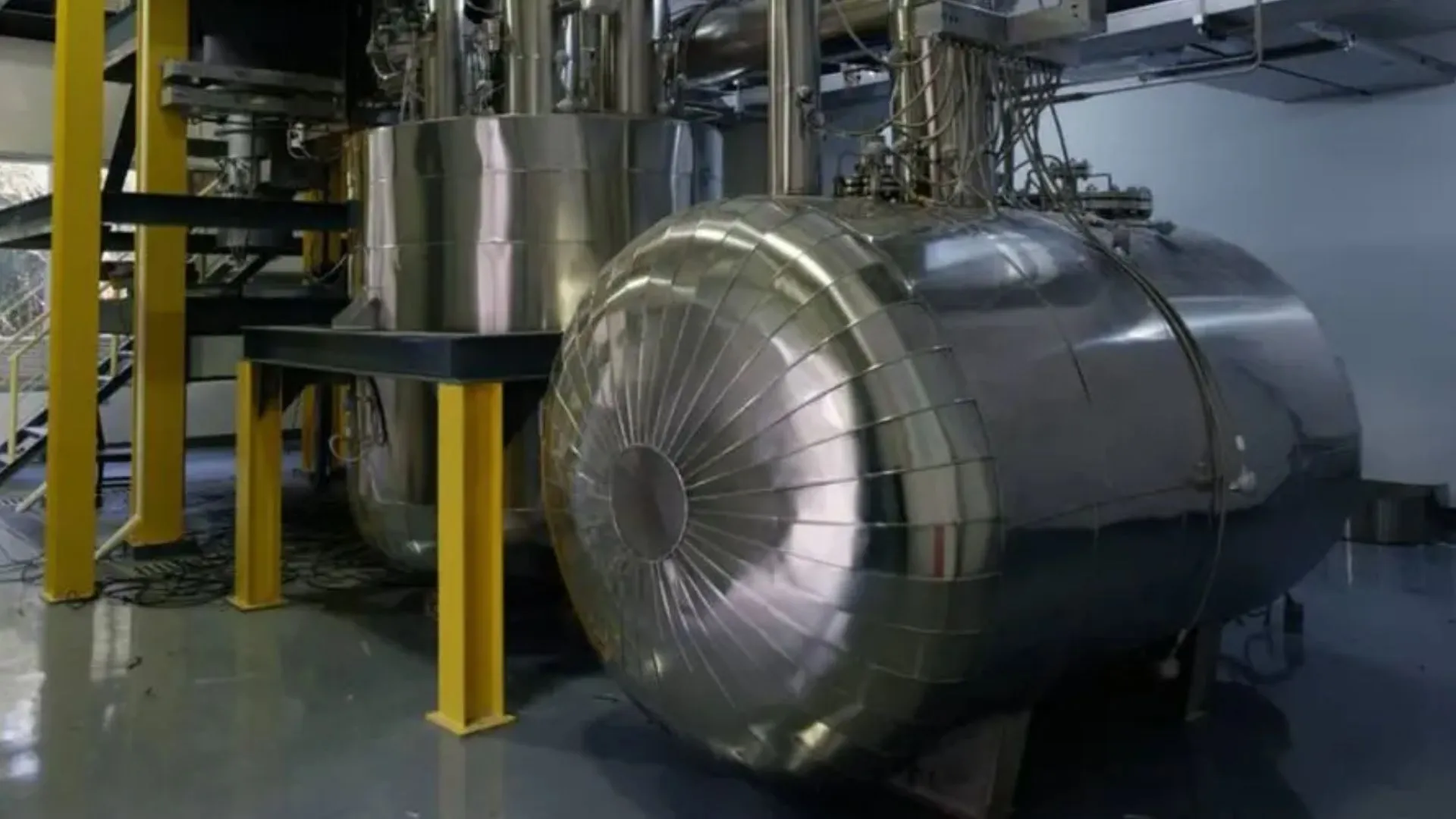Copyright Interesting Engineering

China has announced a major breakthrough in advanced nuclear energy. It has successfully achieved the first-ever conversion of thorium into uranium fuel within a Thorium Molten Salt Reactor (TMSR). The Chinese Academy of Sciences’ Shanghai Institute of Applied Physics (SINAP) confirmed that it has secured valid experimental data after loading the reactor with thorium, as reported by Global Times. This result provides the first concrete proof of the technical feasibility of using thorium in a molten-salt reactor system. This achievement is a crucial milestone, offering a viable pathway for China to harness its extensive domestic thorium resources. It also represents a significant step forward in the global development of next-generation nuclear energy. Advantage of fourth-gen molten salt reactors This experiment uses a fourth-generation advanced nuclear reactor. Unlike conventional reactors, TMSRs use a high-temperature molten salt as a coolant instead of water. This design offers several key advantages, including inherent safety features and the ability to operate at atmospheric pressure, which reduces mechanical stress. Also, the technology does not require water for cooling and delivers a high-temperature output. These specific characteristics are why molten-salt reactors are widely considered the most effective and suitable design for utilizing thorium as a nuclear fuel. The experimental TMSR built by SINAP, in cooperation with other Chinese institutions, is a unique facility. It currently stands as the only operational molten-salt reactor in the world that is actively loaded with and testing thorium fuel. Program development and industrial integration This success is the culmination of a long-term effort, as China’s TMSR program was first initiated in 2011. SINAP reports that the project has successfully transitioned from basic laboratory research to the engineering verification of its core technologies, materials, and equipment. A key strategic element of this program has been establishing an independent supply chain, with China now possessing complete, domestically-developed TMSR technology and industrial capabilities. With this technical feasibility confirmed, SINAP plans to collaborate with leading energy companies to strengthen the supply chain and accelerate the technology’s real-world engineering application. The stated goal is to construct a 100-megawatt demonstration project and have it operational by 2035. The high-temperature output from TMSRs allows for deep integration with other industries, including renewable sources like solar and wind, as well as high-temperature hydrogen production. This integration supports the construction of a comprehensive, low-carbon energy system. Massive thorium reserve potential Earlier this year, a declassified report revealed that China may have far more thorium than previously estimated. The report points to the enormous potential of thorium in China’s mining waste. Just five years’ worth of mining waste from an iron ore site in Inner Mongolia contains enough thorium to supply US household energy demands for over 1,000 years. The Bayan Obo mining complex alone could yield around 1 million tonnes of thorium—potentially enough to power China for 60,000 years. Experts have long viewed thorium reactors as the next leap in energy innovation. Some scientists estimate that a single thorium-rich mine in Inner Mongolia could theoretically supply China’s energy needs for tens of thousands of years with far less radioactive waste than current uranium-based reactors.



